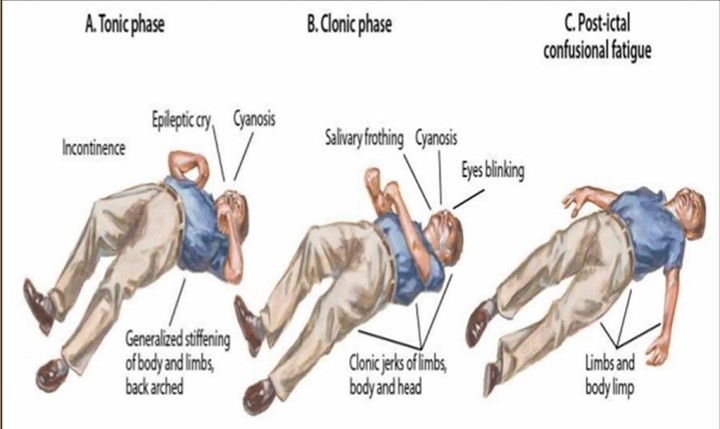A nurse is assisting with the development of an education program for a group of older adults. Which of the following actions should the nurse take first?
Establish learning outcomes.
Schedule a time to implement the program.
Create handouts for participants.
Determine the literacy level of participants.
The Correct Answer is D
Understanding the literacy level of the older adults is crucial for developing an effective education program. It helps the nurse tailor the content, language, and teaching methods to ensure that the material is accessible and understandable to the participants. By assessing their literacy level, the nurse can identify any potential barriers to learning and make appropriate adjustments to promote effective communication and comprehension.
Once the literacy level is determined, the nurse can then proceed with the other actions, such as establishing learning outcomes, scheduling a time to implement the program, and creating handouts that are suitable for the participants' literacy level. However, determining the literacy level should be the first step in order to create an inclusive and effective educational experience for the older adults.
Nursing Test Bank
Naxlex Comprehensive Predictor Exams
Related Questions
Correct Answer is A
Explanation
This is an essential instruction for performing passive ROM exercises safely and effectively. Supporting the extremity above and below each joint helps to prevent injury and provides stability during the exercise. This technique also helps to minimize discomfort and maintain proper alignment of the joint.
Repeat each exercise movement 10 times: This instruction does not provide sufficient guidance on the number of repetitions and may be too general. The number of repetitions will depend on the client's condition and tolerance.
Position the bed at mid-thigh level: This instruction is not necessary for performing passive ROM exercises and may not be feasible in all settings.
Move each joint just past the point of resistance: This instruction can be harmful and may cause injury or pain. The nurse should encourage the family to move the joint gently and smoothly, within the range of motion that is comfortable for the client.
Correct Answer is D
Explanation
After a tonic-clonic seizure, the nurse should first check the child for any injuries, particularly in the oral cavity. This is because during a seizure, the child's tongue may have been biten, or there may be other oral injuries. Therefore, it is essential to check the oral cavity for any injury or bleeding.
Offering sips of clear fluids is not a priority at this time as the child may still be disoriented and at risk of choking. Placing the child in a supine position is also not recommended because the child may have difficulty breathing due to muscle weakness or constriction of the airways. Administering an oral antiepileptic medication is not appropriate at this time unless prescribed by a healthcare provider.

Whether you are a student looking to ace your exams or a practicing nurse seeking to enhance your expertise , our nursing education contents will empower you with the confidence and competence to make a difference in the lives of patients and become a respected leader in the healthcare field.
Visit Naxlex, invest in your future and unlock endless possibilities with our unparalleled nursing education contents today
Report Wrong Answer on the Current Question
Do you disagree with the answer? If yes, what is your expected answer? Explain.
Kindly be descriptive with the issue you are facing.
